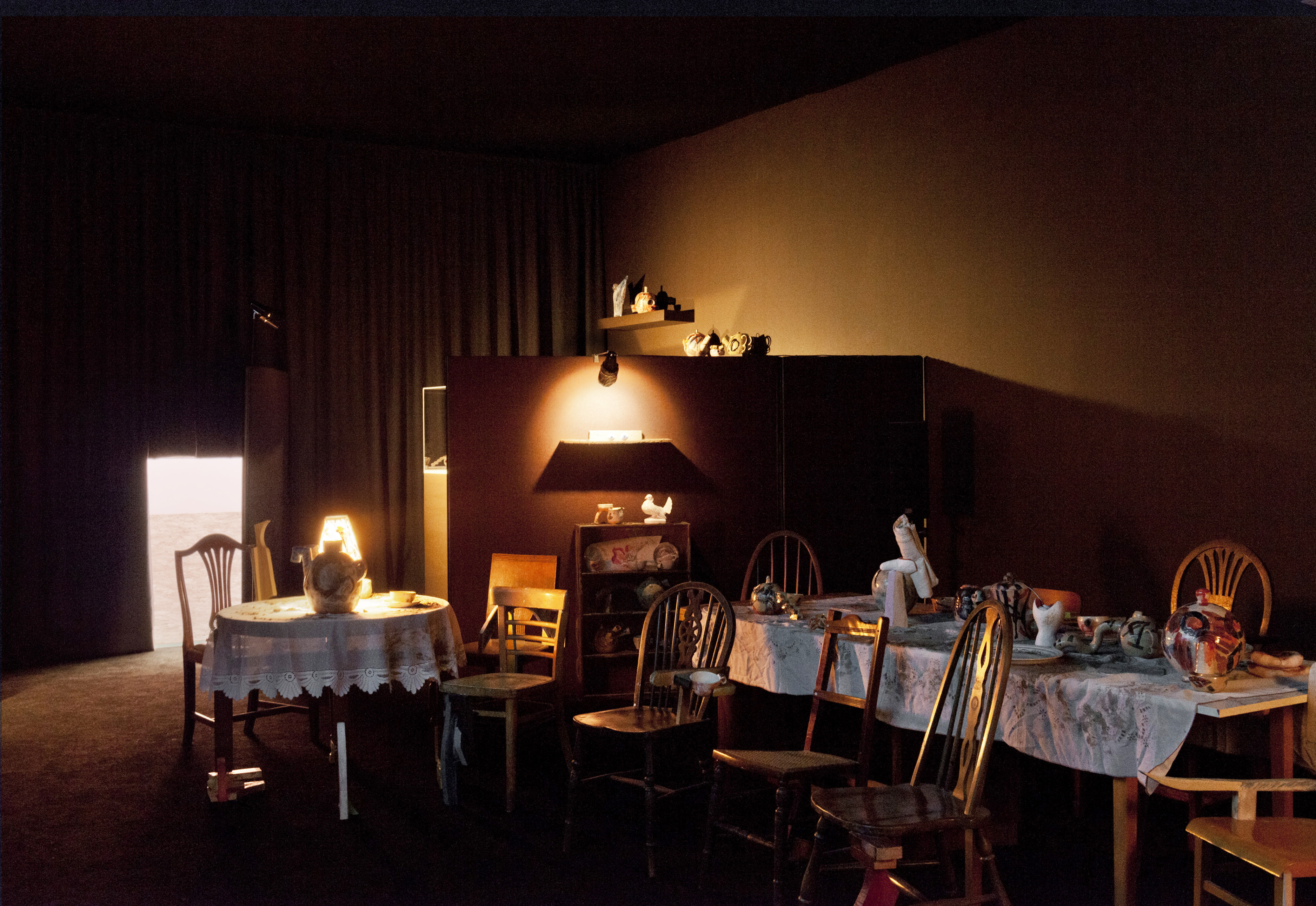Conor McGlynn
Deputy Comment Editor
Derry is a city that is trying hard to reinvent itself after its troubled past. It wants to promote itself as a dynamic, forward-looking place that has overcome the deep historic divisions that have scarred its landscape for generations. A manifestation of this intent was seen last week when this year’s Turner Prize was awarded in Derry, part of its role as the UK’s City of Culture 2013.
The Turner Prize, which is awarded annually to a living artist under 50, working or born in Britain, is probably the best known contemporary art prize in the world. It has exhibited works by leading British artists over the last 30 years. Past winners include Damien Hirst, for the installation The Physical Impossibility of Death in the Mind of Someone Living, his famous shark preserved in formaldehyde. The works shortlisted for the Prize have often been controversial, most notoriously Tracey Emin’s My Bed, the artist’s dishevelled bed after she had not left it for a number of days. Such entries have attracted a considerable amount of publicity, as well as hostility. This year was the first time that the prize has been presented outside of England.
“The Turner Prize has provided a rare opportunity for Derry and the North to make an appearance in the world media that is not related to the Troubles, flag-protests or sectarian violence.”
The other entrants were David Shrigley, who was nominated for a retrospective piece last year in the Hayward Gallery, and portrait artist Lynette Yiadom-Boakye. This year’s winner, however, was something of a surprise. French-born Laure Prouvost claimed the £25,000 prize for her work Wantee, an installation piece about the German artist Kurt Schwitters, and the end of his life in the Lake District in England.
The unlikely winner is perhaps in keeping with the unlikely setting for the prize. While the North has produced several high profile artists, including a number of those shortlisted for the Turner Prize in previous years, the association with the art world is not one that most people would make. For many, the most prominent art exhibitions in Northern Ireland are the murals depicting republican or loyalist paramilitaries.
The Turner Prize has provided a rare opportunity for Derry and the North to make an appearance in the world media that is not related to the Troubles, flag-protests or sectarian violence. It provides a neutral setting within the community, where religion and political allegiance are irrelevant. The staging of the Turner Prize exhibition in Ebrington Barracks, a former military base, is also significant in its transforming a potentially painful piece of history into something new, representative of a different future. It is through hosting events such as this that Northern Ireland can shed its bloody image, and turn itself into a centre of art or a digital hub, as its political leaders are trying to do.
“For many, the most prominent art exhibitions in Northern Ireland are the murals depicting republican or loyalist paramilitaries.”
This work was destroyed in an Allied bombing raid in 1943. Schwitters spent the last part of his life living in England, and it is this part of his life with which Prouvost’s work is concerned. He lived out his days in the knowledge that his greatest works had not survived.
Prouvost’s piece has resonances with the Northern Ireland conflict, the Troubles’ overshadowing of art in Northern Ireland and the current efforts to reverse this effect. Art has been used extensively in coming to terms with the conflict in Northern Ireland. Works such as Hunger, the 2008 film by Steve McQueen, and the work of the Bogside Artists and poets such as Seamus Heaney, stand out in this regard. Rather than trying to bury the past, art can deal with it in a constructive way.
The Turner Prize presented Derry’s best side to the world. It showcased the city as a cultural hub, a place open to change and diversity. There is a debate underway about the fate of the newly renovated barracks in which the ceremony took place. It is zoned for commercial use, but a number of people are calling for it to be turned into a permanent art gallery. This would be a fitting legacy for the Turner Prize to leave, a symbol of Derry moving on from its past in a frank and transparent way. It would be a small gesture, but would have a lasting significance.






